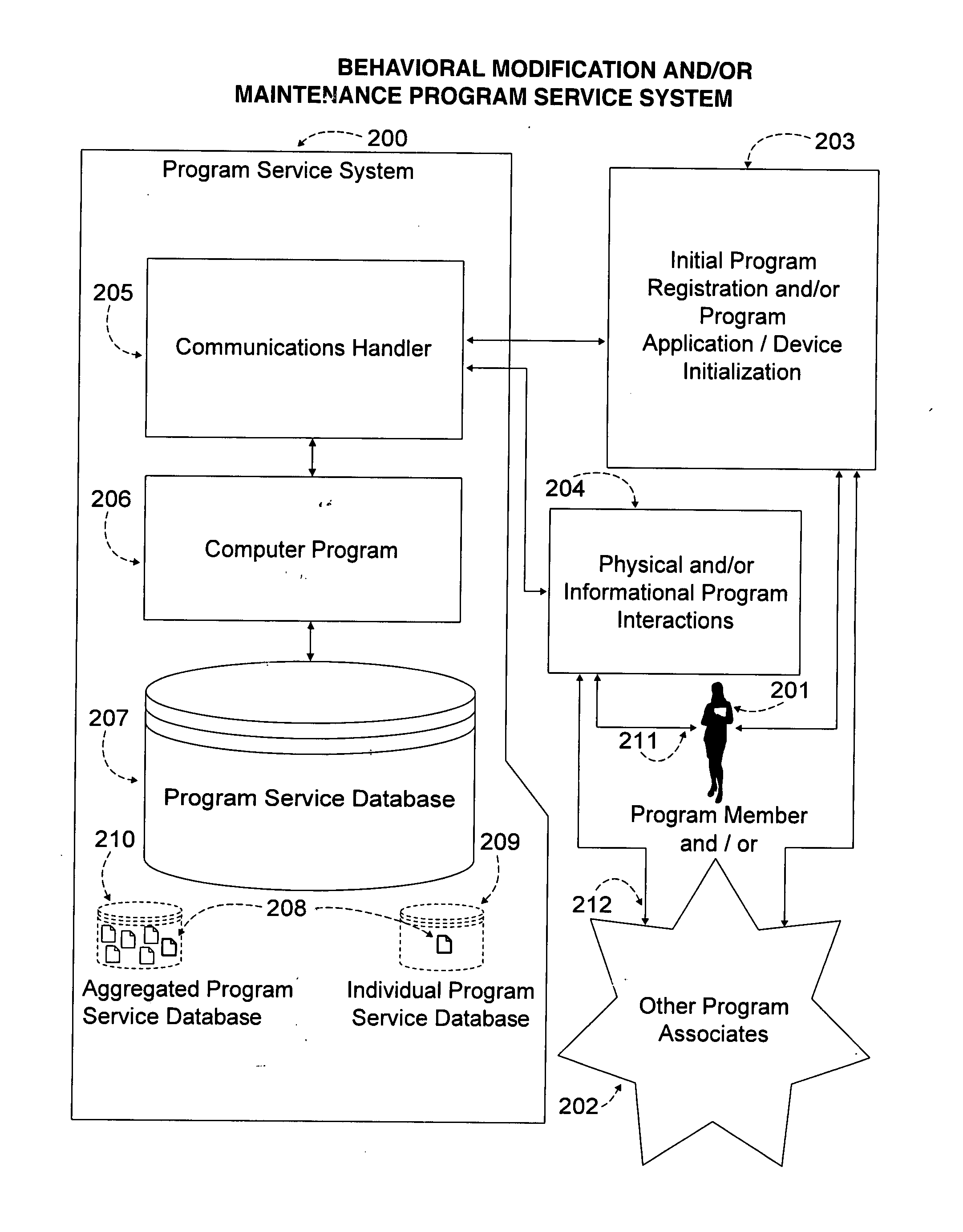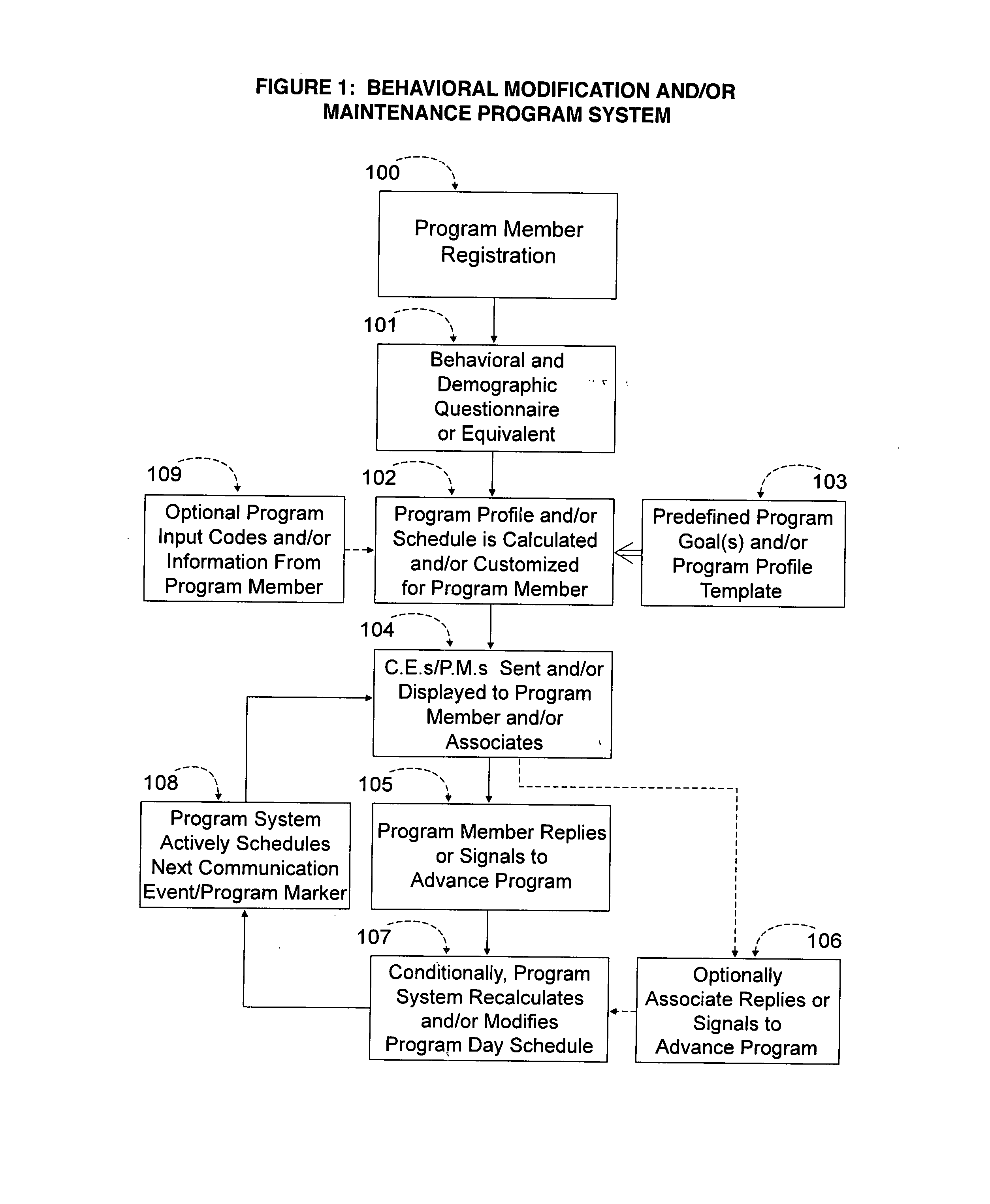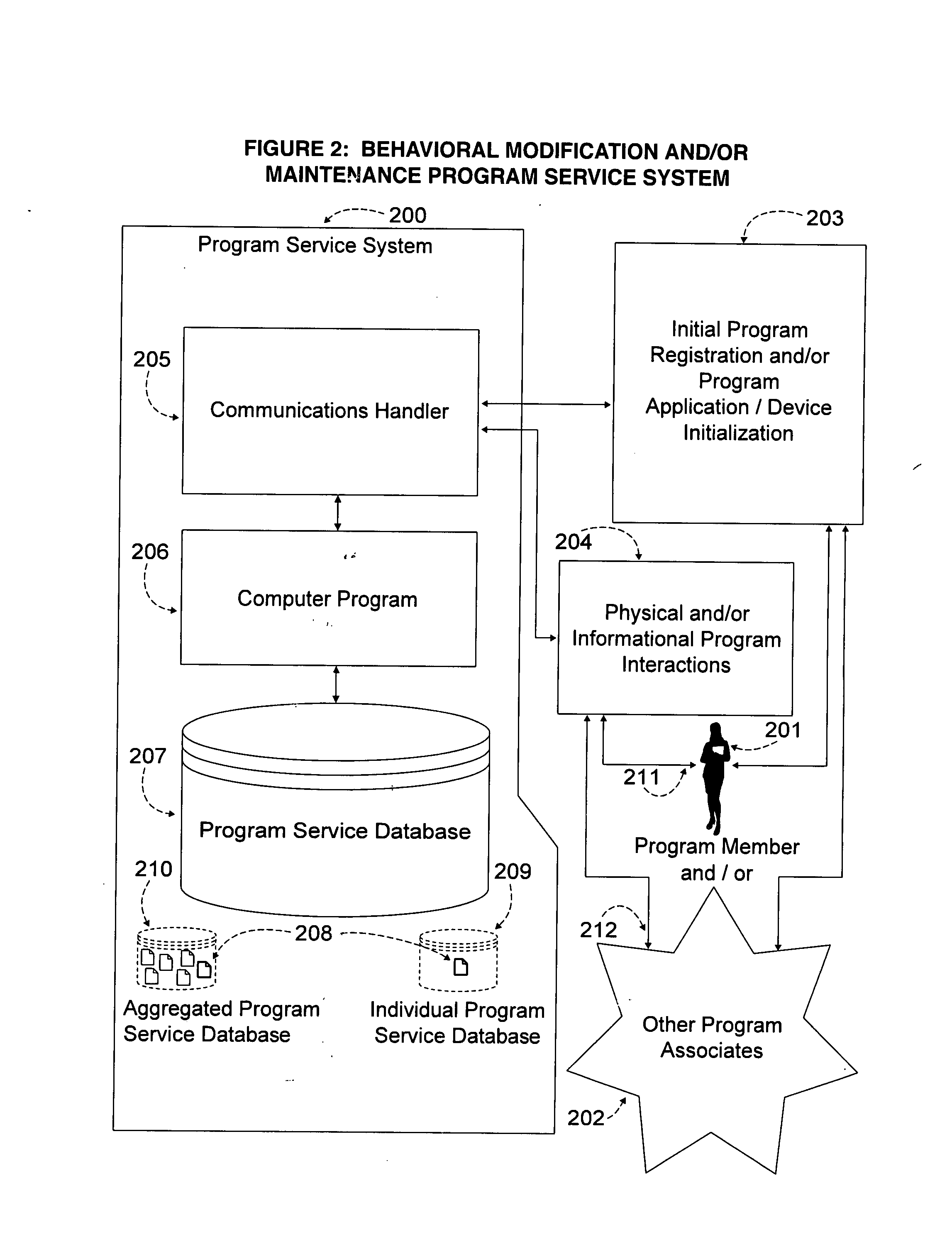There are numerous reasons why it is difficult for people to begin and maintain changes in their behaviors, behavioral responses, and behavioral patterns.
In the case of chemical addictions or
substance abuse, there are psychological and physical dependencies that cause various levels of withdrawal problems when a person attempts to stop usage altogether, or even reduce usage.
Furthermore, because many behavioral patterns are habitual and ingrained, people are often not consciously aware of or focused on the associated behavioral activities, or lack thereof.
Therefore, changes in behavior require some level of conscious focus and attention, and this itself is difficult to maintain, as people must add this new cognitive burden amidst the many life issues already competing for their real-time conscious attention.
As a result, it's difficult to avoid lapsing into old patterns, either engaging in behaviors or activities which have negative consequences, or neglecting to engage in positive ones.
This difficulty is compounded when the negative or positive behavioral activities occur or need to occur frequently throughout the day.
Research into behavioral modification programs involving addictions of various types uncovered some methods and strategies with proven results, but which also lacked certain capabilities or attributes that would support higher rates of success:
Research shows that both NRT and
bupropion create extra problems for smokers: they have their own side-effects and, for the majority of smokers, do not deliver the hoped-for results.
The problem for most smokers, particularly those who have previously tried to stop, is that they know that abruptly stopping is going to be a painful and difficult experience, demanding significant willpower and resilience and would prefer to use a gradual reduction method.
However, there are currently a range of unmet human participant needs among available or marketed smoking reduction strategies, plans, and programs.
Physiologically, because
nicotine is a highly addictive substance, smokers face the additional difficulties of physical dependency.
Real or perceived lack of control over the discomfort associated with reducing or halting
nicotine intake can have a significant negative psychological and emotional effect on those pursuing
smoking cessation, and lead to failure and / or greater levels of psychological, emotional, and physical discomfort and
anxiety.
Additionally, there is a challenge of the inherent complexity, or
granularity of a smoker's existing, natural daily behavioral profile and how it's supported through the specific mechanism of cigarettes.
But NRT means and methods cannot be made to fit the exact rate, dosage,
granularity and flexibility of schedule and frequency.
Nor can they incorporate and reductively control all the associated physical actions of a smoker's natural behavioral profile, such as getting a cigarette out of a
package, lighting it, holding it, etc., since the participant is expected to forego these altogether from the start.
But creating and managing a schedule presents a significantly burdensome task for someone that's already going to be dealing with the stress associated with reducing or stopping an
addiction and associated behavioral profile.
Smoking is also generally an activity that occurs in many intervals throughout the day, and so keeping track mentally of the number of cigarettes smoked in order to control,
cut down, or stop usage becomes an overwhelmingly difficult task.
Even if a person decides that they will choose specific times or time intervals in which to
smoke, it is inherently difficult to mentally and / or manually manage and maintain an ever-changing schedule to gradually reduce smoking over a calendar period through daily recalculation of fewer and fewer behavior events.
Altogether these characteristics make
smoking cessation a very difficult and elusive goal for most people to mentally and / or manually schedule and manage.
Many currently available mental and / or manually and / or self-managed behavioral reduction programs are either rigid in certain respects, lack flexibility, and / or are limited to one-size-fits-all or a-few-sizes-fit-all type approach to their programs, such that participants in these programs, with greatly varying individual behavioral patterns, are all forced to share or choose among a limited number of program lengths and / or daily schedules.
This has serious disadvantages, since it means different individuals with different starting behavioral conditions will end up having significantly varying experiences, and this could be a factor in their success or failure.
Current smoking cessation methods and programs cannot easily match the resolution or
granularity of a smoker's daily behavioral profile, as cigarettes offer a small
dose and are simple to use when desired.
However, these signals of actual
smoking behavior are not described as being related to the scheduling of remaining alternating “smoking now allowed and smoking not allowed” periods, which are already scheduled for the day and unchanging.
This becomes a second, additional task participants must do if they want to track their progress, and so becomes an additional burden associated with the effort.
The risk is either inaccurate or incomplete
record keeping, or no
record keeping altogether.
This can significantly decrease a participant's chances for success in smoking cessation.
The patches, pieces of gum, and lozenges currently used in NRT programs do not have the means to
record how they're used and generate a program record.
Furthermore, because current smoking cessation methods and programs do not incorporate the means to automatically and easily capture the actual behavioral profile of participants from moment to moment, they lack the means to accumulate, and Anonymized for privacy reasons, valuable data on the actual
demographics, psychographics, sociographics, and behavioral profiles of smokers during cessation attempts.
This ungathered data cannot therefore be used to advance human knowledge of the behavioral profiles of smokers before, during, and after cessation efforts, nor can it be used to improve the smoking cessation methods and programs themselves.
However, the model employed in the Auckland University research program did not deal with nor aid in the calculation and / or administration of scheduling, nor was it described as being automated.
Yet the initial and long-term success rate of most NRT methods of cessation are very low, with figures from different sources reported between 7% and 15% long-term quitting success rate.
Though no
cigarette smoking can be considered beneficial or desirable and the idea of stopping smoking immediately looks very good on its face, the failure rates of most existing cessation methods and programs are very high.
And this failure leads to an even worse eventual outcome than continuing to
smoke, but smoking less and less during a smoking cessation program, and that is outright failure and
continuation of smoking long-term.
 Login to View More
Login to View More  Login to View More
Login to View More 


